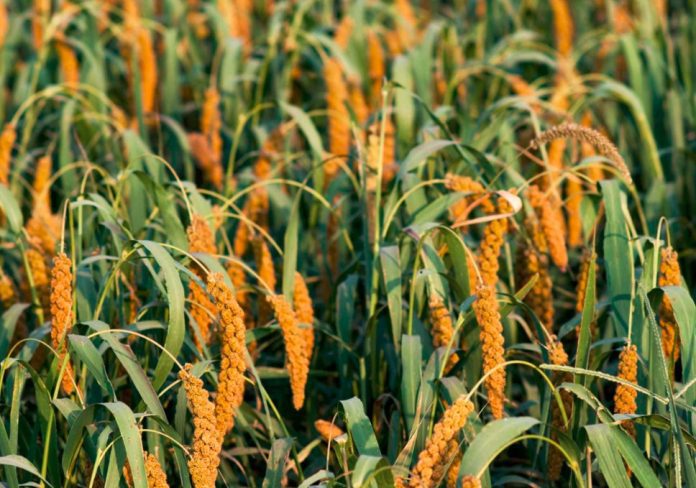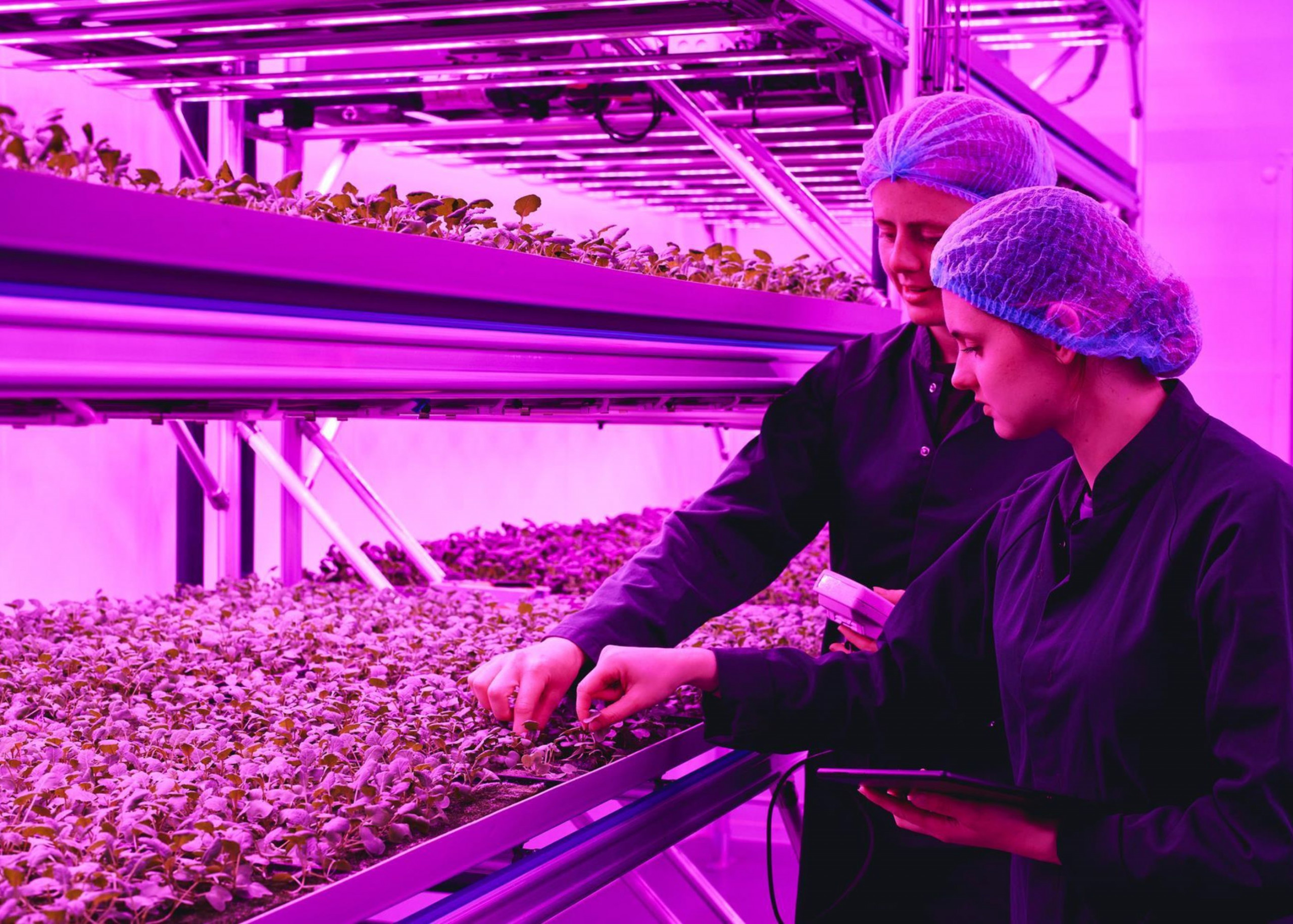News in brief: The FAO emphasised the importance of improving millet cultivation in Nigeria to address hunger and malnutrition, highlighting the crop’s resilience and nutritional value. It expressed commitment to provide technical assistance to the Nigerian government in promoting millet cultivation, consumption, and commercialisation as a means to enhance agricultural sustainability and improve livelihoods for farmers.
The Food and Agriculture Organization (FAO) made calls for improved cultivation of millet, as a means to address hunger and malnutrition in Nigeria.
The agency’s representative in Nigeria, Fred Kafeero, told stakeholders at the nationâs capital on Tuesday during an occasion to commemorate the 2023 International Year of Millets.
According to Kafeero, millets are resilient crops that have withstood the test of time and adapted to different agro ecological conditions. He added that the crops play a key role in sustaining and nourishing communities across the globe. Their contribution to food security, poverty alleviation and sustainable agriculture have made them immensely valuable.
The FAO rep reiterated the agency’s commitment to offer technical assistance to the Nigerian government in millet cultivation, consumption, and commercialisation.
Also speaking at the event, Sugra Mamood, Director, Food Safety Department of the Federal Ministry of Agriculture and Rural Development (FMARD), traced Nigeriaâs long history of millet cultivation.
She said with a millet value chain in place, the country can enhance agricultural sustainability while reducing vulnerability to climate change, and improving livelihoods for farmers.
The call for improved millet cultivation is necessary as Nigeria faces severe levels of hunger and malnutrition. According to data released by the Global Hunger Index (GHI) in 2022, Nigeria ranks 103rd out of the 121 countries with sufficient data to calculate 2022 GHI scores. With a score of 27.3, Concern Worldwide and Welthungerhilfe, which publishes the index, defines the country as having a level of hunger that is “serious”.
Millets are resilient to hot or semi-arid conditions, which is typical in most Northern parts of Nigeria where agriculture production takes place. It is a nutrient-rich crop with essential vitamins, minerals, and dietary fiber, making it nutritious and affordable. It also has diverse methods of preparation favorable to middle to low income households.



